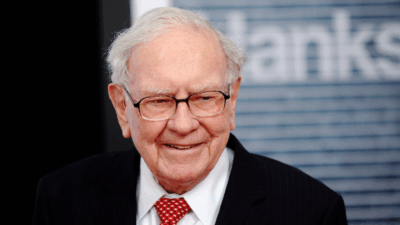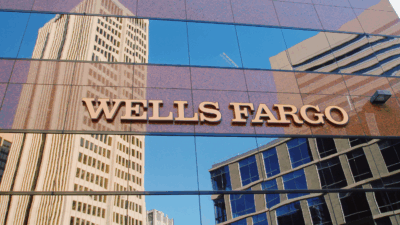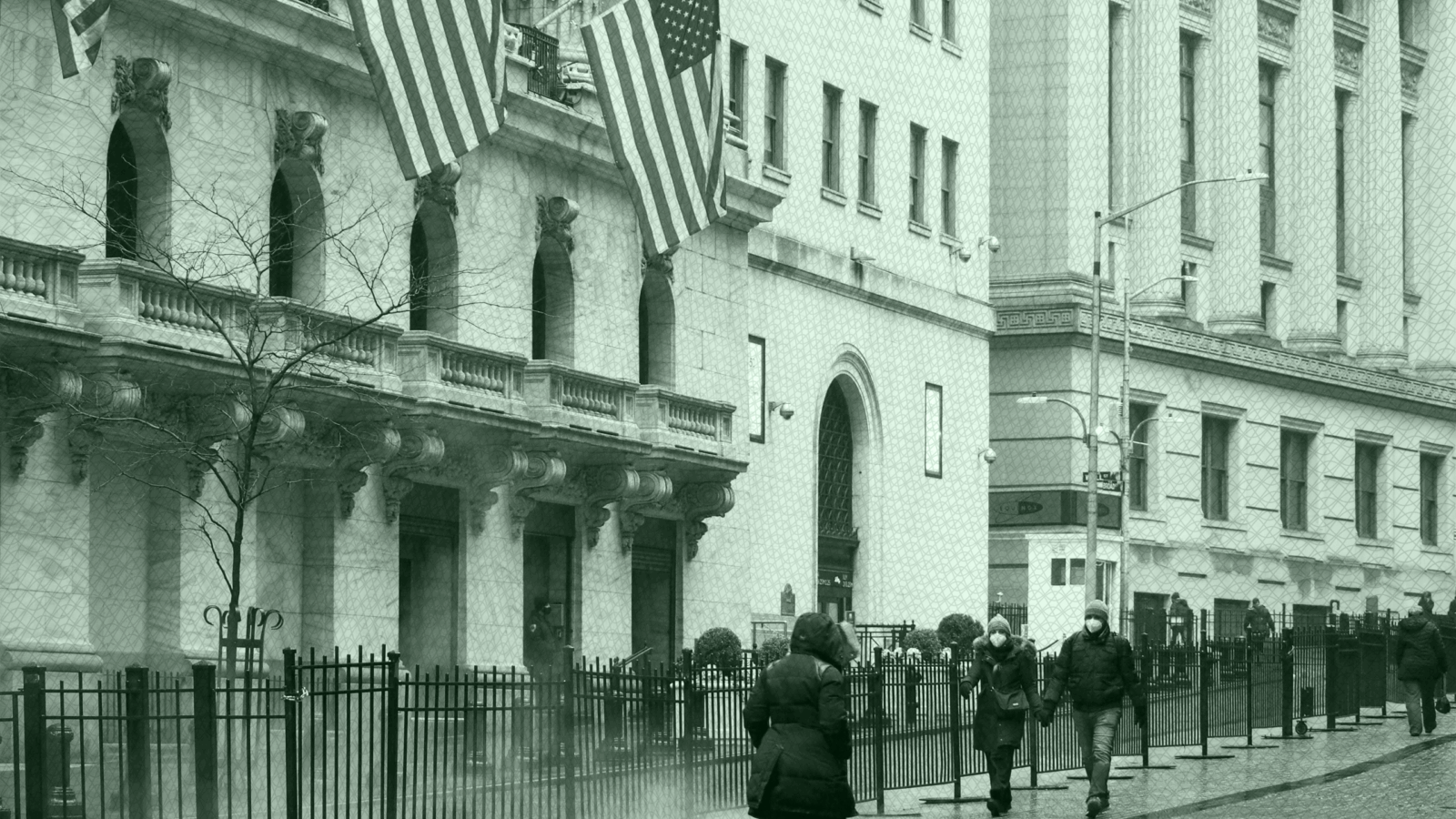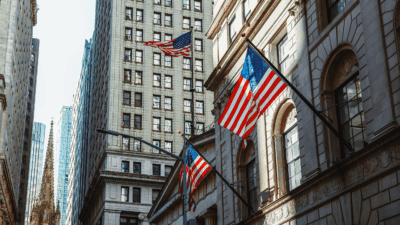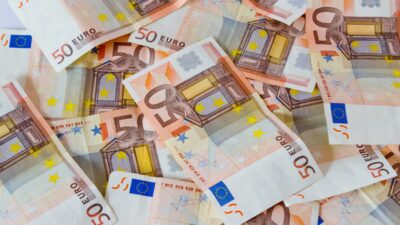Trading Windfall Pushes Wall Street to Surprisingly Strong Quarter
How’d the financial giants — namely, Goldman Sachs, Citigroup, and Bank of America — make out this quarter? Surprisingly well, it turns out.

Sign up for smart news, insights, and analysis on the biggest financial stories of the day.
Nothing but sunshine it was not.
Wall Street banks entered the third quarter amid both rising debt levels and credit card delinquency rates. Then, in early August, they saw the S&P 500 dip 8.5%. It flirted with a correction before reversing course — though not before driving the leading market volatility index to its highest peak since 2020. And then September delivered a jumbo rate cut amid fears the economy might miss its so-called soft landing. Against that flurry of activity and the occasionally gloomy economic forecasts that followed, how’d the financial giants make out? Surprisingly well, it turns out.
The Fee’s Knees
Goldman Sachs, Citigroup, and Bank of America all reported earnings Tuesday. Goldman — mired in the costly process of pulling back from its retail business — saw third-quarter profits soar 45% to $3 billion. Goldman’s equities trading unit, the firm’s beating heart, grew revenues 18% to $3.5 billion while the bank took in $1.9 billion in investment banking fees, a 20% increase from a year ago. Rising income from debt and equity underwriting at the Global Banking & Markets division signified deals aplenty in a volatile quarter.
“The beginning of the rate cut cycle has renewed optimism for a soft landing, which should spur increased economic activity,” said Goldman CEO David Solomon on a conference call, echoing JPMorgan Chase’s sentiment from a week earlier.
Citi and BofA — whose larger retail presence leaves them potentially open to greater exposure to consumer sentiment and loan losses, as well as higher interest payments to savers — entered Tuesday with analysts fearing a major earnings retreat. The worst-case scenario, mercifully, didn’t materialize:
- Citi’s quarterly profits were down 9% to $3.2 billion, but that far exceeded the $2.6 billion projected by analysts. BofA’s profits fell 12% to $6.9 billion, much better than the 22% dip forecasted.
- Like Goldman, BofA and Citi’s investment banking businesses had bumper quarters: Fees at BofA rose 18% to $1.4 billion, and Citi’s rose a whopping 44% to $1 billion. JPMorgan Chase, another retail banking giant, reported Friday that investment banking revenue rose 31% year-over-year to $2.3 billion — sense a trend?
Reversals of Fortune: Little more than a month ago, Solomon warned investors that trading revenue at the bank could fall 10% from last year. Even consumers, who some forecasts worry are stretched to their inflationary limits, have proven resilient: BofA’s charge-off rate, or the amount of credit card loans it wrote off, fell to 3.7% in the third quarter from 3.88% in the second quarter.

